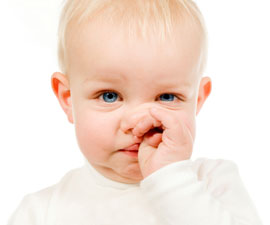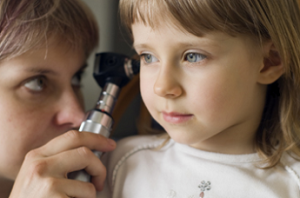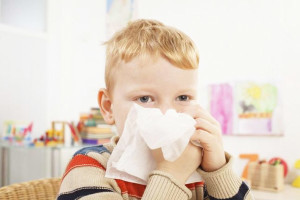 Parents who find they have an infant or young children receiving a diagnosis of baby allergy also realize that life in some part will change from this day forward. Parents will try their best to keep life going as before, but there are a few things that need a little rearranging. First the parents must discuss with the medical physician the severity of allergy the infant or children have and the necessary steps to take to understand what is causing the allergy or allergies. Is this something genetic or is this something directly from the surrounding environment.
Parents who find they have an infant or young children receiving a diagnosis of baby allergy also realize that life in some part will change from this day forward. Parents will try their best to keep life going as before, but there are a few things that need a little rearranging. First the parents must discuss with the medical physician the severity of allergy the infant or children have and the necessary steps to take to understand what is causing the allergy or allergies. Is this something genetic or is this something directly from the surrounding environment.
Children on average, receive a diagnosis to some degree of the symptoms of an allergy on a scale of about one in seven. Though this is an alarming fact it is something that is workable if the parents and the community come together. Individuals with a diagnosis of allergy or asthma know that at any time they run the risk of an episode. There are a few different degrees of an allergen episode as there are standard guidelines to help alleviate this from happing most of the time.
 Children who receive a diagnosis of allergies or asthma will outgrow the sudden symptom, as they grow older. The child receiving a diagnosis of either baby allergy or asthma will experience the symptoms much as an adult because no matter what age breathing becomes very difficult. The outside influences that bring on the onslaught are triggers. These triggers can be anything from inside the home, inside the classroom, or an unknown environmental issue. Researching the allergy and asthma cause and effect is sometimes difficult to narrow down, but it is necessary for the well-being of the child or children.
Children who receive a diagnosis of allergies or asthma will outgrow the sudden symptom, as they grow older. The child receiving a diagnosis of either baby allergy or asthma will experience the symptoms much as an adult because no matter what age breathing becomes very difficult. The outside influences that bring on the onslaught are triggers. These triggers can be anything from inside the home, inside the classroom, or an unknown environmental issue. Researching the allergy and asthma cause and effect is sometimes difficult to narrow down, but it is necessary for the well-being of the child or children.
The most obvious trigger seems to come after a major respiratory infection and the bronchi within the lungs never really heals and returned to the normal state as before the respiratory infection set In children under the age of two presents another difficulty for the medical pediatrician because it is very difficult to diagnose with any sense of accuracy. The cause of allergies or asthma setting into children of this age is often from an infection to one of many infant diseases. The information available suggest that even when this childhood affliction clears up there is a high probability that in older years it will re-emerge out of no where.
 Parents also need to research to find out if severe allergies and asthma runs through the family genes in order to receive a proper diagnosis from the medical physician. The allergies and the asthma affecting the child or children stemming from a genetic disorder is one that will require additional medication along with an inhaler, but with infants liquid drop medication will be just as effective. However, with children the balance between medications is a very delicate one because most medication is for adults.
Parents also need to research to find out if severe allergies and asthma runs through the family genes in order to receive a proper diagnosis from the medical physician. The allergies and the asthma affecting the child or children stemming from a genetic disorder is one that will require additional medication along with an inhaler, but with infants liquid drop medication will be just as effective. However, with children the balance between medications is a very delicate one because most medication is for adults.
Parents and children must research the cause, as sometimes allergens will have the same reaction. The airways become very narrow and breathing becomes difficult when severe allergies take hold. The common allergens affecting children and adults alike are various pollens, house dust mites, mold, and dander from cats and dogs. When there are pets within the household, the parents must find out if their child or children are experiencing an allergic reaction to the family pets.
Allergens also pose a threat when parents find their child or children are allergic to the material furniture, like sofa’s, cushioned chairs, ottomans, draperies, and rugs. Most of these particular items will cause an allergy and asthma episode because of the formaldehyde, which is especially notable within the carpeting.
Related Articles
